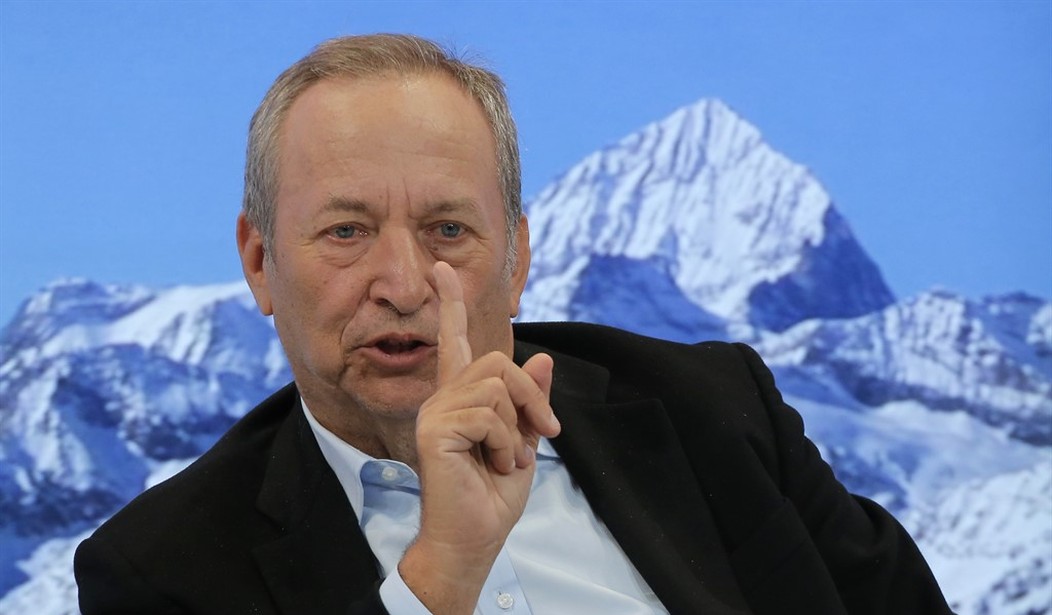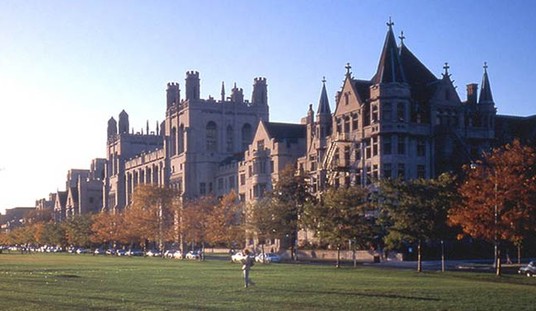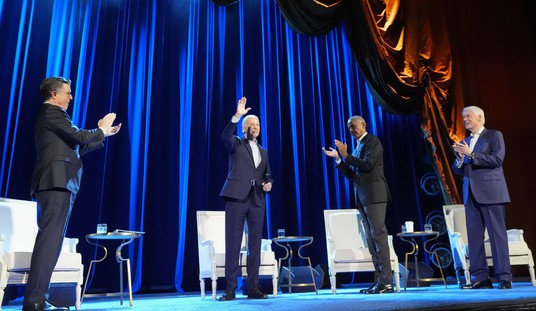Former Treasury Secretary Larry Summers has been saying for quite a while now that inflation was coming and that it would not be transitory. Last October the consensus seemed to be that inflation was largely the result of supply chain issues which would get worked out fairly quickly once the pandemic was behind us. So, for instance, Goldman Sachs predicted higher inflation in 2022 which would drop back down to around 2 percent by 2023. But even then there were growing signs that wasn’t the case.
At this point, most economists have adopted a view a lot closer to what Summers was saying months ago. Not only is inflation up sharply, it won’t be transitory because contrary to what the president was saying last month, the issue isn’t just supply-side inflation caused by supply chain issues, it’s also demand-side inflation caused by flooding the economy with various forms of pandemic relief.
Nearly two weeks ago, the Fed raised interest rates from zero to 0.25%. Summers, for one, was not impressed:
Anything is possible, and wishful thinking can sometimes prove self-fulfilling. But I believe the Fed has not internalized the magnitude of its errors over the past year, is operating with an inappropriate and dangerous framework, and needs to take far stronger action to support price stability than appears likely. The Fed’s current policy trajectory is likely to lead to stagflation, with average unemployment and inflation both averaging over 5 percent over the next few years — and ultimately to a major recession.
Today, the NY Times published Ezra Klein’s interview with Summers in which he goes into detail about how we got here and where he thinks we’re headed.
I’m probably as apprehensive about the prospects for a soft landing of the U.S. economy as I have been any time in the last year. Probably actually a bit more apprehensive. In a way, the situation continues to resemble the 1970s, Ezra. In the late ‘60s and in the early ‘70s, we made mistakes of excessive demand expansion that created an inflationary environment…
And so now I think we’ve got a real problem of high underlying inflation that I don’t think will come down to anything like acceptable levels of its own accord. And so very difficult dilemmas as to whether to accept economic restraint or to live with high and quite possibly accelerating inflation. So I don’t envy the tasks that the Fed has before it.
…I think it’s very important not to be shortsighted and to recognize that what we care about is not just the level of employment this year, but the level of employment averaged over the next 10 years. That we care not just about wages and opportunities this year, but we care about wages and opportunities over the long-term.
And the doctor who prescribes you painkillers that make you feel good to which you become addicted is generous and compassionate, but ultimately is very damaging to you. And while the example is a bit melodramatic, the pursuit of excessively expansionary policies that ultimately lead to inflation, which reduces people’s purchasing power, and the need for sharply contractionary policies, which hurt the biggest victims, the most disadvantaged in the society, that’s not doing the people we care most about any favor. It’s, in fact, hurting them.
Klein tries to inject some optimist into the discussion by suggesting the longer term inflation expectations are still somewhat under control, but Summers argues this is precisely because the Fed has been signaling so strongly that higher rates are coming soon.
Klein: So one-year inflation expectations have shot up. But you look at three, you look at five, you look at 10-year expectations, they haven’t moved all that much. And so the idea is if the long-term market expectations haven’t moved, maybe we don’t need to slam the brakes on the economy so hard. Maybe people aren’t telling that longer story and they’re still open to this being as the now buried adjective goes— transient.
Summers: So, look, Ezra, I’d love for all that stuff to be true. I spent 20 years pushing various kinds of strongly Keynesian theories that were directed at the idea that we should promote demand more and promote demand permanently…
But I think you have to look at the facts. And the facts are that if you look at five-year expected inflation right now, it is about 3 and a half percent, detached from the 2 percent target. And if you look at 10-year expected inflation, it is at close to 3 percent. So we actually are a bit detached from our target levels of inflation, point one.
Point two— and this is the key point— the Fed has done more signaling of tightening in the last two months than any time in the last 40 years. So the only reason why we have kept inflation expectations under control is that belatedly the Fed has done the things that those of us who are anxious about inflation were recommending for the past nine months. And the Fed has moved to rejecting the advice of the people who were serene.
If the monetary policy recommendations contained in Jay Powell’s Jackson Hole speech in August, or your colleague, Paul Krugman’s recommendations through the fall had been adhered to, we would have much higher inflation expectations today.
Ultimately, Summers believes we’ll need to see rates above 4 percent to actually get this under control.
My basis is simply this— we think about the effects of monetary policy in terms of what economists call real interest rates— interest rates minus the rate of inflation. And the idea is that when real interest rates go up, people want to save more, people want to spend less, because capital is more expensive.
And so in order to restrain the economy, you have to raise the level of real interest rates. Real interest rates right now over every horizon are substantially negative. Not just over one year. Not just over five years. They’re actually negative over 30 years…
A real interest rate to be negative means that if I buy a bond, the money I will get back from the bond will have less purchasing power than the money that I put into the bond. If the interest rate were negative, that would mean I get less money back than I put into the bond. If the real interest rate— that is the interest rate adjusted for purchasing power— is negative, that means I get less purchasing power, less ability to buy things back.
And so when you have an economy where you can get more for your money today than you can if you put it aside or where you can borrow money at lower cost than you’re going to have to pay back when the bond comes due, that’s an economy that’s going to encourage spending today, and it’s going to encourage spending today at a substantial rate.
I don’t think we’re going to avoid and bring down the rate of inflation until we get to positive real interest rates. And I don’t think we’re going to get to positive real interest rates without, over the next couple of years, getting interest rates north of 4 percent.
I guess we’ll see how things progress but Summers was certainly way ahead of the curve on predictions about inflation. However this works out, the idea of going back to the pre-COVID, normal economy probably isn’t in the cards for a while.








Join the conversation as a VIP Member